Written by J.G. Walker of Court Street Literary on August 27, 2013
 Zombie stories are everywhere. Due in some part to the unbelievable success of shows like The Walking Dead,books like World War Z, and films like 28 Days Later andShaun of the Dead, everyone’s writing about the dead-but-ambulatory. Nice zombies, evil zombies, teenage zombies, Nazi zombies, zombie dogs, shark zombies, Jane Austen zombies. Zombies sell books. And movies. And television. And video games. It’s all out there.
Zombie stories are everywhere. Due in some part to the unbelievable success of shows like The Walking Dead,books like World War Z, and films like 28 Days Later andShaun of the Dead, everyone’s writing about the dead-but-ambulatory. Nice zombies, evil zombies, teenage zombies, Nazi zombies, zombie dogs, shark zombies, Jane Austen zombies. Zombies sell books. And movies. And television. And video games. It’s all out there.
The thing about the best zombie fiction, though, is that it’s not really about zombies, not primarily. It’s about the living. The Walking Dead, for instance, has gone entire episodes without showing zombies. This is true of most genre fiction, for that matter: The conceit of the story—what makes it “genre,” in other words—is just a clever way to “tell it slant,” as Emily Dickinson advised, of examining the human condition. Yes, zombies are cool and threatening, but what keeps us coming back to the story is the desire to find out how the people work around the threat.
Howard Odentz’s Dead (a Lot) does just this, coming at the zombie apocalypse tale from a slightly different perspective. Odentz tosses the reader directly into the story of Tripp and Trina Light, teen twins who’ve been left at home while their parents are away on a trip. Almost immediately, the Lights’ universe tilts, things go awry, and the dead, unsurprisingly, begin to walk, and to munch on the living. As the book’s narrator, Tripp guides the reader through the story of how the siblings set out to find their parents. These teens have never had to make it on their own, they barely know how to drive, and they’ve certainly never had to kill another human being, so they’re up against enormous odds here.
Since Dead (a Lot) features a first-person narrative, big picture revelations are few and far between, but that’s fine, since the characters and their ongoing conflicts are interesting enough to keep us satisfied. And when the larger revelations do come, Odentz finds interesting ways to reveal them. We know that the zombies–called poxers by the characters–are the result of Neropoxy, a parasitic disease that causes the zombie plague, and we’re also certain that the disease was created by humans. We know that some people appear to be immune to the disease, which creates yet another source of tension and conflict. And we know that the poxers can be destroyed, though it’s not an easy thing to accomplish. Good thing, that.
During their journey, the twins meet up with radio DJ Jimmy James (whose name, I suspect, may either be a nod to the station owner from the 90s sitcom Newsradio or just a happy coincidence), brother and sister Prianka and Sanjay Patel, and Andrew the Crow, Jimmy’s talking bird. Odentz imbues these characters with interesting qualities that make the story more interesting. Tripp already knows Prianka from school, and they have a ready-made adversarial love/hate relationship. Prianka’s little brother Sanjay is autistic and often consults a worn out stuffed animal, Poopy Puppy, obtaining and passing on relevant and often unbelievably detailed information to the group. Jimmy also has a limitation that I won’t reveal here, but I will say that it helps strengthen an already prevalent sense of reality and urgency.
One of the most interesting aspects of this novel, though, is that its characters possess an awareness of the zombie genre. Tripp, for instance, has played video games and seen films featuring zombies, and Sanjay refers occasionally to zombie films by name. A good deal of the conventional wisdom contained in the cited media turns out to be false, or at least not quite right, and the characters rarely call the walking dead “zombies,” but there are occasional references to George Romero and other staples of the genre. Is this unique? No, but it does lend Dead (a Lot) an interesting authenticity, making it seem even more plausible that these characters live in the same world we do.
Overall, this is a fun and quick read. The story is fast-paced with little room for breathing or lollygagging, and there are plenty of close calls and high stakes. After all, around every corner or behind every door lurks the possibility of death. Odentz deftly captures Tripp’s voice, and his narration is engaging and full of humor, much of it clearly deployed defensively. He’s not perfect–not by a long shot–but he’s certainly worth rooting for. He’s sarcastic, often to his disadvantage, but we’re nonetheless able to occasionally glimpse his vulnerability, giving us the feeling he’s never far from losing it. And who wouldn’t be?
There’s such a glut of zombie stories on the market that perusing the contenders can feel a bit like running a gauntlet manned by the unruly undead. So, as with most growing trends in genre fiction, unless you want to read the same zombie story over and over, it becomes necessary to look for writers who find a way to make it different somehow.
Dead (a Lot) is different.
Make sure you grab DEAD (A LOT) for only $1.99 through Friday!
And don’t forget about Howard Odentz’s new release – BLOODY BLOODY APPLE – available now!
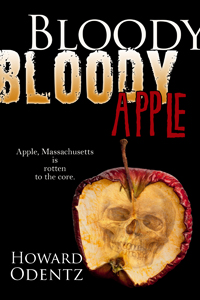






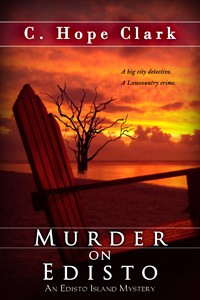
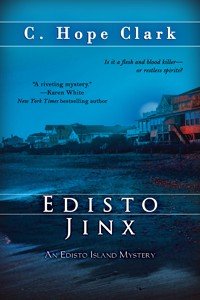















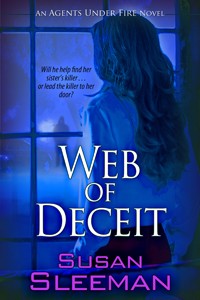

 equipment in these bright, airy rooms. Not so much with real police labs. They are strapped for money and cramped in small spaces, but still, I learned so many things. One was how to process fingerprints, and then how to use a fuming chamber to obtain fingerprints from uneven surfaces and hard-to-dust surfaces such as bottles, knives, guns, etc.
equipment in these bright, airy rooms. Not so much with real police labs. They are strapped for money and cramped in small spaces, but still, I learned so many things. One was how to process fingerprints, and then how to use a fuming chamber to obtain fingerprints from uneven surfaces and hard-to-dust surfaces such as bottles, knives, guns, etc. d International Airport, but hey, the emergency response workers didn’t treat it as a drill. They screamed onto the tarmac to help victims wearing gory makeup meant to simulate serious injuries. Mock family members arrived at the airport and were taken to special rooms to await the news of their loved ones. It all felt so real and gave me everything I’d need to write such a disaster. I’m just waiting for the right book. And as a bonus, I got a great t-shirt and medal for participating.
d International Airport, but hey, the emergency response workers didn’t treat it as a drill. They screamed onto the tarmac to help victims wearing gory makeup meant to simulate serious injuries. Mock family members arrived at the airport and were taken to special rooms to await the news of their loved ones. It all felt so real and gave me everything I’d need to write such a disaster. I’m just waiting for the right book. And as a bonus, I got a great t-shirt and medal for participating.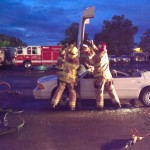 firefighters, nuff said, but there was actual research here, too. The firefighters first demonstrated how to cut off the roof, then I was given the chance to step into turnouts and open up another car with my fellow participants enrolled in the local Police Academy.
firefighters, nuff said, but there was actual research here, too. The firefighters first demonstrated how to cut off the roof, then I was given the chance to step into turnouts and open up another car with my fellow participants enrolled in the local Police Academy.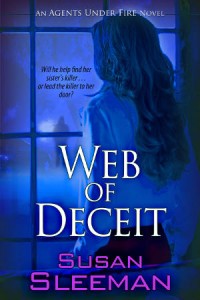





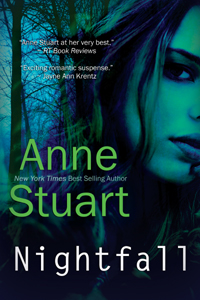


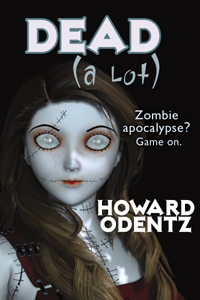













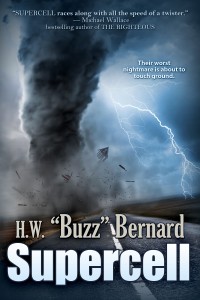


 BOOK TITLES: WHAT MAKES THEM GREAT
BOOK TITLES: WHAT MAKES THEM GREAT

